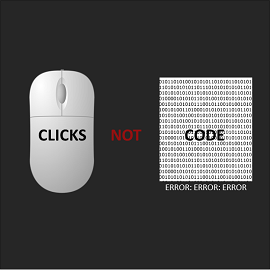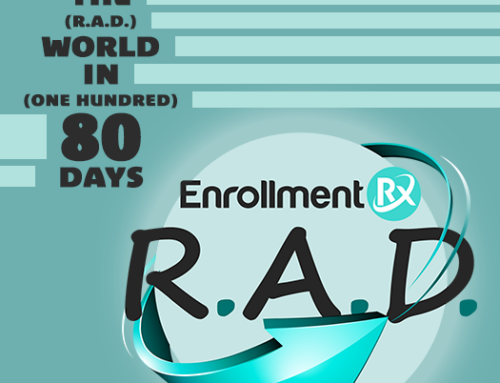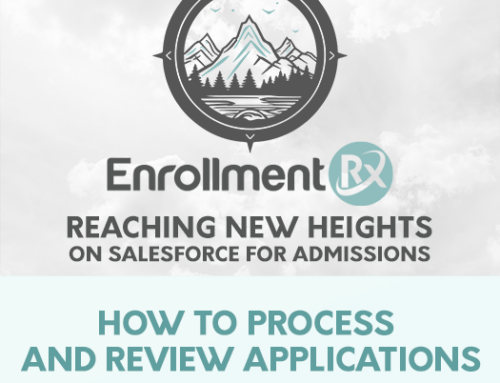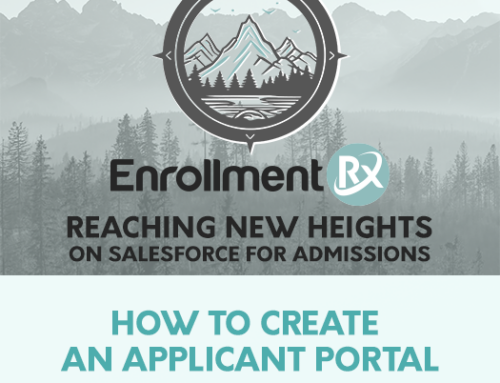While a SIS may serve as a good database, it certainly wasn’t designed to be a true relationship management system. When relying on a SIS, admissions departments continue to be challenged by disjointed enrollment management processes that are cumbersome and inefficient. They struggle to easily communicate with constituents, both on a one to one and a mass basis, and lack transparency between staff and departments.
For schools looking to modernize enrollment management, it’s time to make CRM a priority. Constituent Relationship Management systems track student progress through the enrollment funnel, driving fast, informed decision making and supporting the best possible experience for every prospect and student.
But where do you start? What’s the best CRM for you?
In our recent webinar – Admissions Best Practices: Using CRM to Improve Enrollment Management – we discussed what factors to consider when evaluating CRM. (If you missed the webinar, you can hear the replay here.)
For example, a modern CRM system should include key features like
- Unlimited Prospect Inquiry Forms
- “Smart” Applicant Portal
- Prospect Relationship Management
- Multi-Application Management
- Dynamic Checklist Requirements
- Event Management
- Interview Scheduling Management
- Recruitment Schools/Organization Management
- Rich Analytics, Dashboards, and Reports
A modern CRM should also empower the end user with clicks not code. You shouldn’t have to be a software developer or IT professional to manage your CRM system. In the higher ed world, we all know that ease of use is critical – if everything in the system is designed to be easily configured with mouse clicks, then you can be confident your Admissions team will be able and excited to use it as an integral part of their daily business processes.
During the webinar, we heard some great questions that we respond to frequently and that we love to address, as they are critical to a successful CRM implementation.
Q: How long is a typical CRM implementation?
A: To do it well, we recommend creating a realistic timeline and planning for six months. In “6 Tips for Creating a Successful CRM Higher Ed Implementation,” we outline some additional tips that will help you create a strong foundation for an effective CRM.
Q: Does Enrollment Rx CRM integrate with our SIS?
A: Integration between CRM and SIS is a must – the CRM needs to implement with your SIS in order to support all your critical enrollment business processes. We can help you think through the technical methodology – data flow, frequency, etc. – to make sure it’s a seamless and successful process for your institution.
Q: What information should be stored in SIS vs. CRM?
A: This question goes back to integration. If data is stored and changed in your SIS, does it speak to your CRM and will it update in your CRM? And vice versa? The answer needs to be yes. We can help you make that happen, guiding you through how to define data flow and business processes, and how to determine your master data record, etc.
If you’re looking for more detail on what an ideal CRM/SIS integration looks like, check out “Modernized Interactions: Lessons from a cloud-based CRM provider from higher education” — here our COO Marc Satin offers tips for a smooth integration and lays out the key questions schools need to address to ensure a successful go-live process.
Contact us to discuss how to tailor your CRM system to be a true system of engagement.




